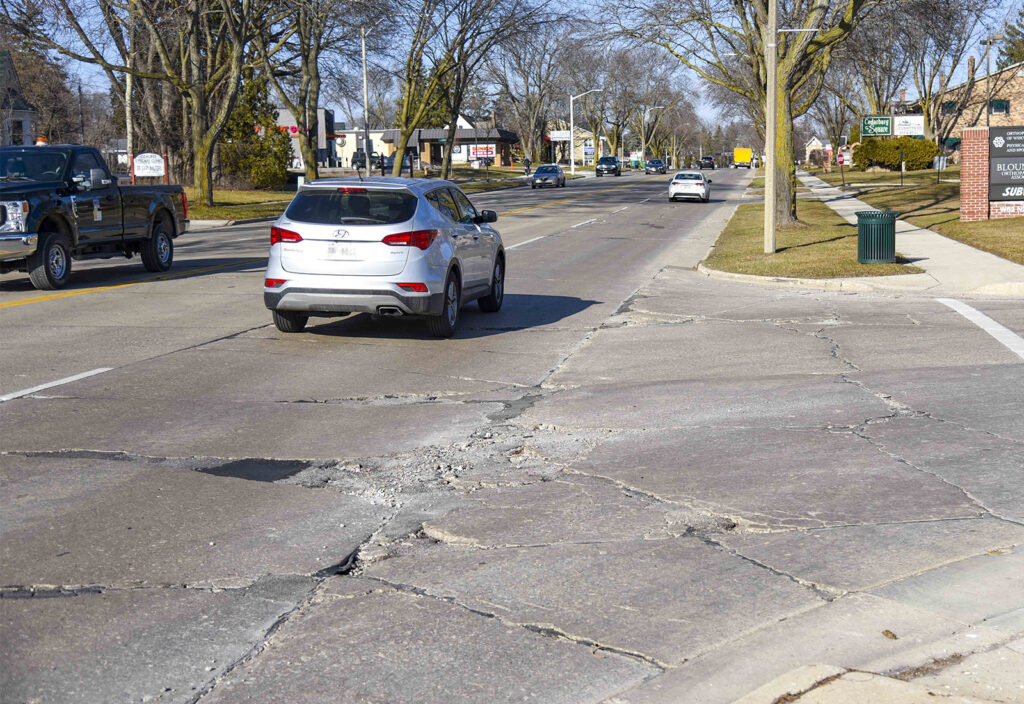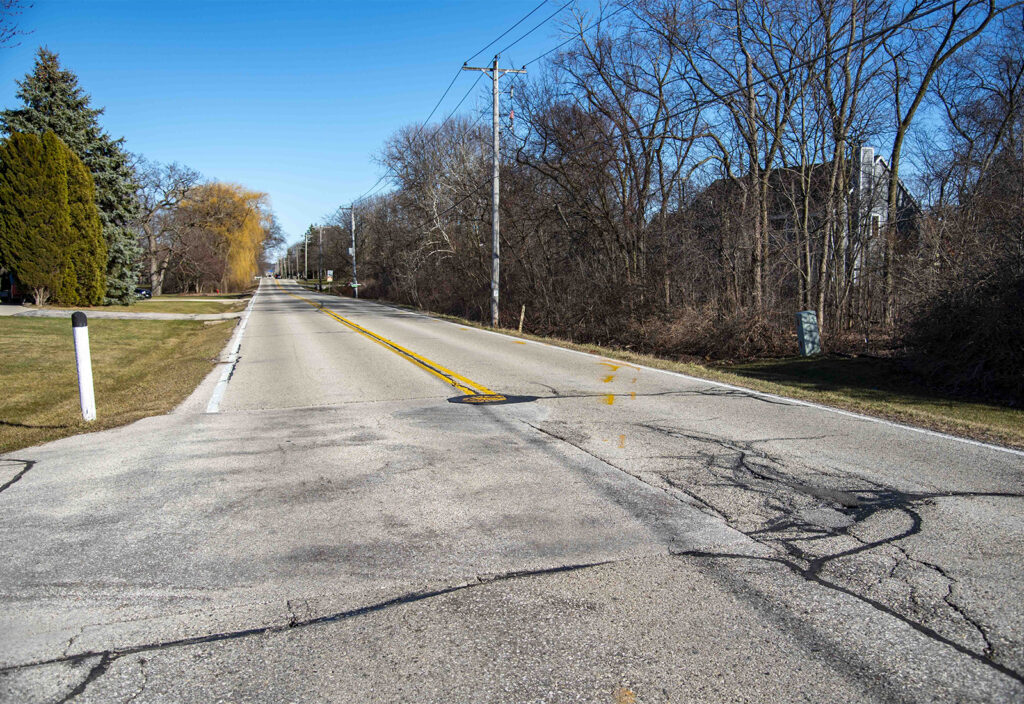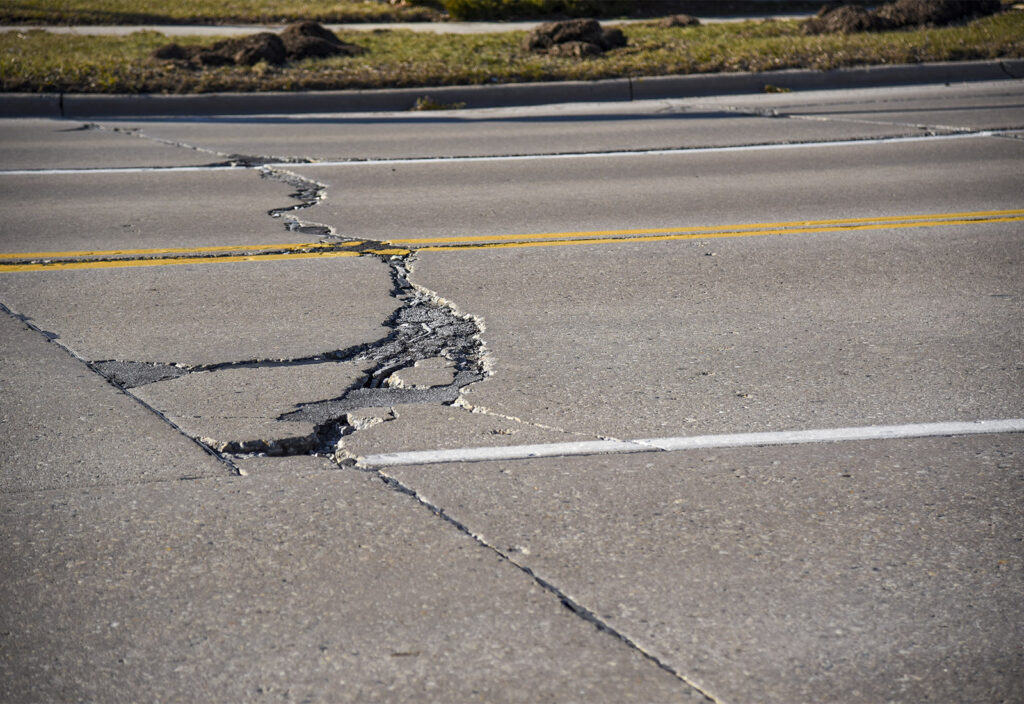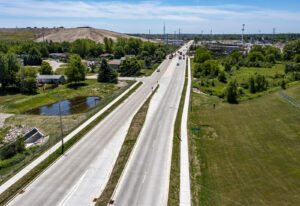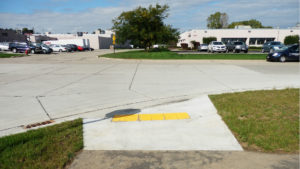Project Overview
Virtually all Wisconsin municipalities struggle to adequately fund their street programs at a sustainable rate. General revenue funds (property taxes) and general transportation aids (GTA) are often supplemented by special assessments on properties adjoining street projects, vehicle registration fees (aka wheel taxes), and increased borrowing to fund street maintenance and reconstruction. Each of these funding sources is challenged. General revenue funds are restricted by state law, general transportation aids are limited, special assessments are very unpopular, vehicle registration fees generate limited support and are inequitable, and increased borrowing threatens debt limits while burdening future generations. And at the same time, road construction costs increase at even higher rates than general inflation. This article in “The Municipality” from the League of Wisconsin Municipalities provides additional details about the challenges of transportation program funding.
Many municipalities are studying and considering transportation utilities (TUs) as an alternative method to generate funds to supplement or replace current funding sources. Very similar in concept to stormwater utilities, user charges are based on trip generation as a measure of roadway usage. TUs offer key advantages for funding transportation infrastructure — all properties contribute, charges are related to use and benefit, and the resulting revenue stream is dedicated only to use for transportation infrastructure.
raSmith has developed TU models for over a dozen Wisconsin municipalities based on the average weekday trip-generation rates published in the Institute of Transportation Engineers (ITE) Trip Generation Manual and relevant scalar data for each user. These models determine annual user charges on a trip-generation basis and support the evaluation of numerous municipal finance scenarios incorporating transportation utility revenue to determine each community’s optimum solution.
As a result of those analyses, municipalities that choose to implement a transportation utility work with raSmith to connect the TU model to utility accounts for regular billing. The new user-charge revenue strengthens the communities’ transportation infrastructure and sometimes offsets special assessments or wheel taxes, and often reduces long-term borrowing.
Learn more about TUs and see how raSmith can help with your next project.
